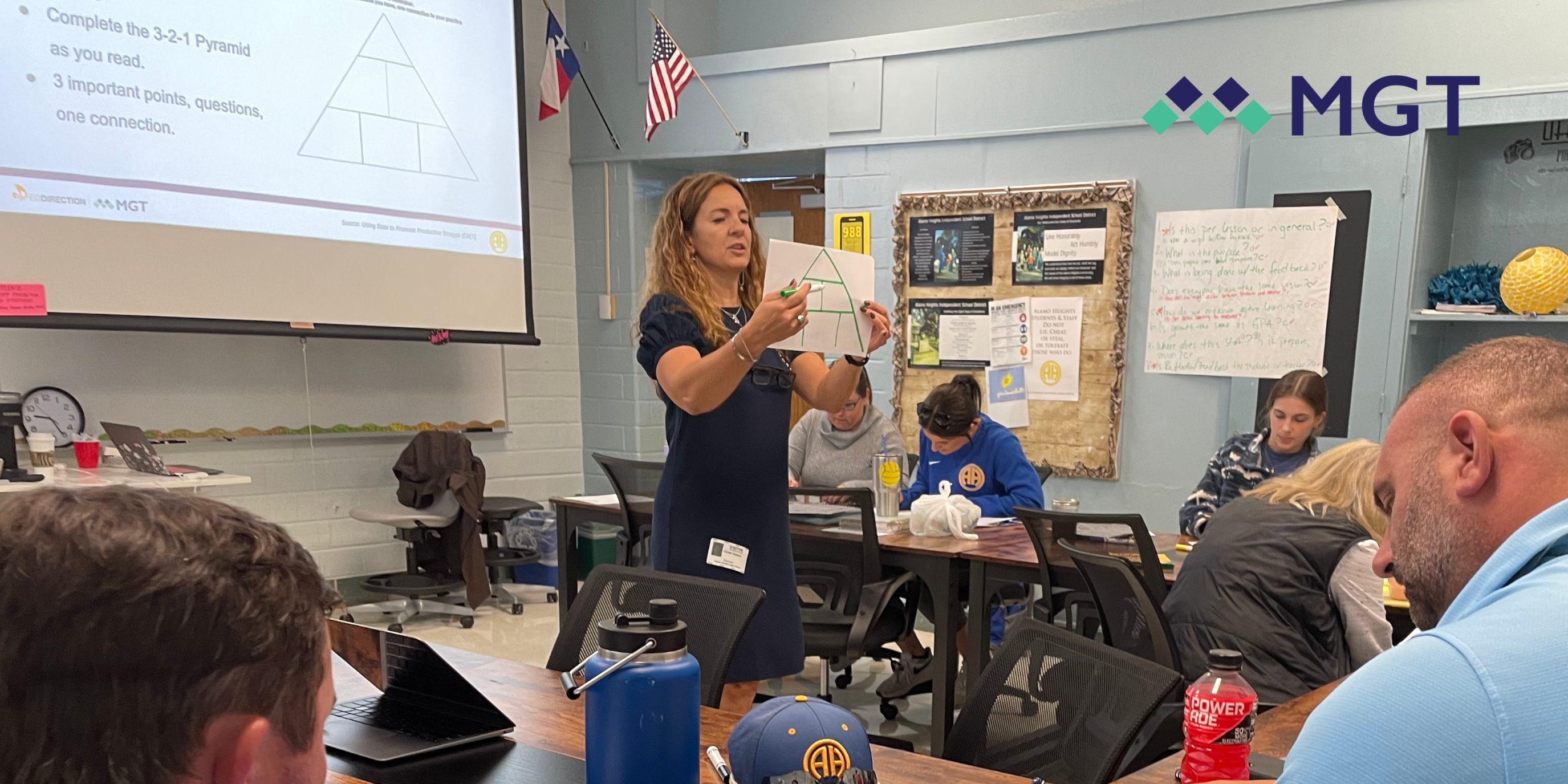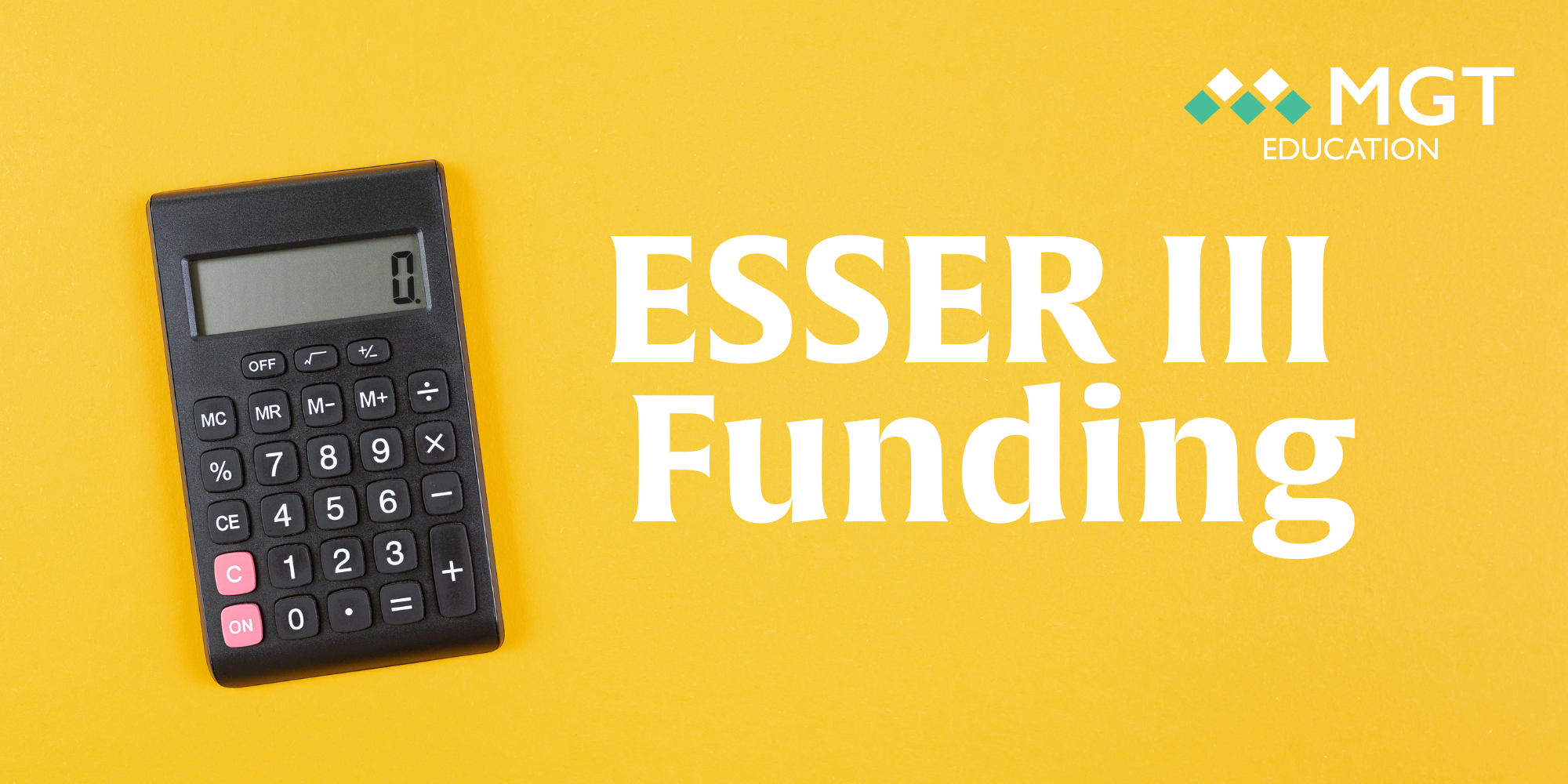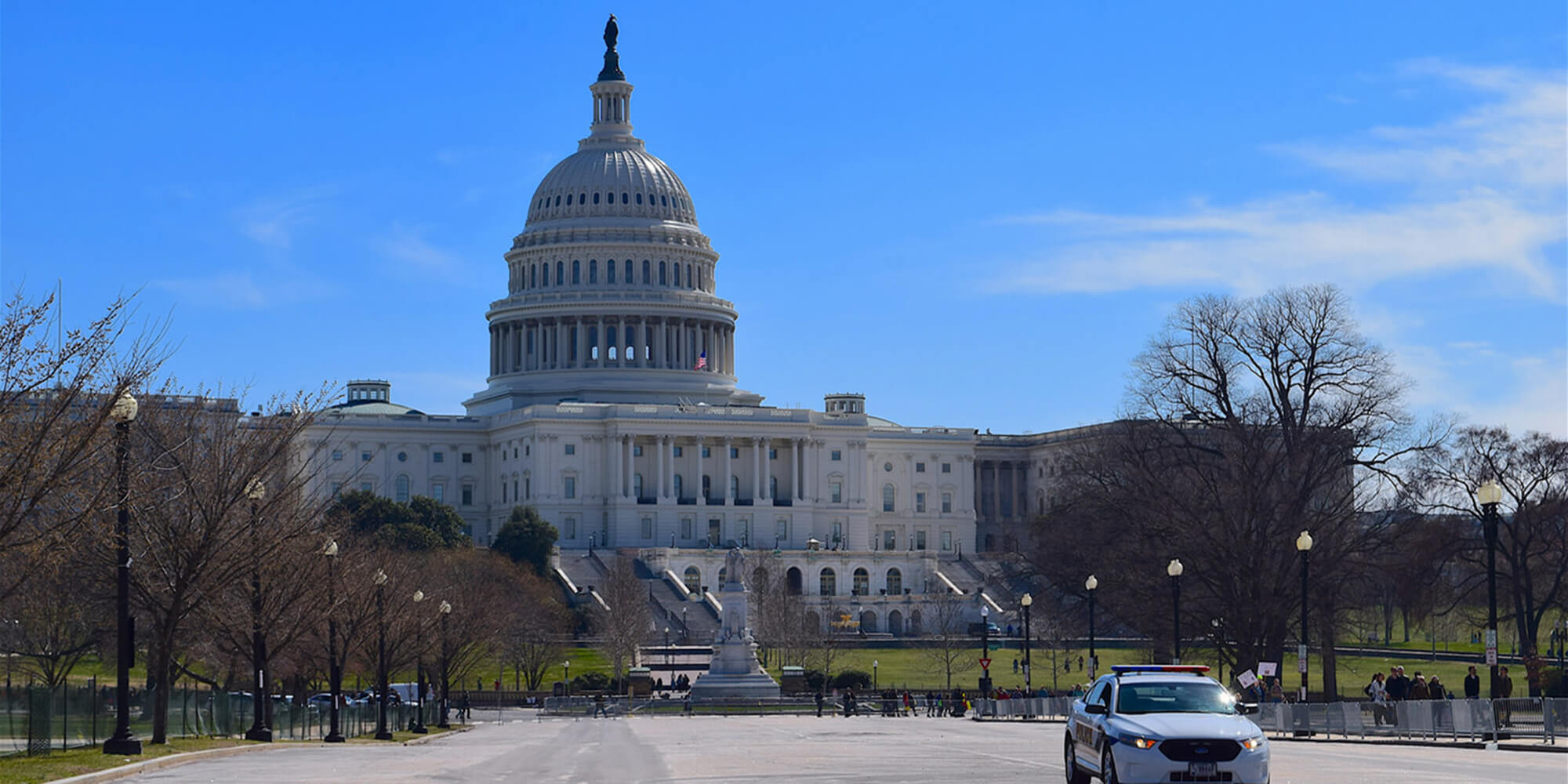Do you ever wonder what it takes to conduct a disparity study, why it’s important, and the things you should consider when producing a defensible result? Our team conducts disparity studies to determine if inequities exist in public procurement and contracting that adversely affect minorities and/or women. In the Richmond vs. J.A. Croson case filed in the U.S. Supreme Court in 1989, it was ruled that governments must establish a “compelling interest” to support the creation of contracting programs that specifically target minority – and/or women-owned businesses.
A disparity study helps ensure any race-or gender-based remedial programs will withstand scrutiny in a court of law. The primary goal of the study is to assess, quantify, and evaluate the prevalence, significance (degree and weight) and scope of discrimination in the marketplace, if any, against minority- and women-owned business enterprises. Since that time, our team has been providing these studies to public agencies across the country.
We collect and examine quantifiable procurement and contracting data to determine the prevalence of disparity, or if any exists. The data types we use include census data on minority and female business owner populations, agency contractual and purchasing procedural methods, recent contracts awarded, and purchases issued. Anecdotal data is collected as well through focus groups, public hearings, telephone surveys of firms, online surveys, personal interviews and policy interviews. This is also where it’s key to have the proper community engagement professional examining your communications strategy to maximize effectiveness.
While there is no court-mandated expectation of time between studies, the standard is typically every five to seven years. The length of a study is determined by the scope of the research; condition and availability of data, scope of services, number of entities involved. A comprehensive disparity study lasts about 12 months.
Steps of Analysis in Disparity Studies
Disparity studies generally focus on economic issues involving M/WBEs that are competing for local and state government agency contracts. An economic disparity study will provide government agencies the insight to determine if access to government contracts are unfairly denied to minority- and women-owned firms in the marketplace. The results and outcome of the study will help these local or state governments assess the need for changes in contracting and purchasing policies and practices. The results will also allow these agencies to formulate a plan if it is determined that procedural changes or new programs are required. I’m proud to have worked on many M/WBE plans to assist agencies to better enable minority-operated and women-led companies to close these disparate gaps.
There are several components or aspects to disparity research analysis. Our team usually considers:
- Utilization analysis. Utilization analysis is used to determine the universe of firms awarded government contracts and subcontracts in a particular time frame.
- Availability analysis. We determine the percentage of firms available to fulfill government contracts and subcontracts.
- Disparity analysis. This analysis will help determine if there are clear disparities in the dollar percentage for government contracts and subcontracts received by M/WBEs in a particular time frame compared to their presence or availability in the marketplace.
- Anecdotal analysis or circumstantial analysis. Finally, but equally as important, anecdotal and circumstantial evidence is collected to provide context for the quantitative analysis. Anecdotal data is collected through focus groups, public hearings, telephone surveys of firms, online surveys, and personal interviews.
I’m proud to be leading the efforts of our disparity team at MGT, as we are considered a leading disparity research team for government clients across the country. In fact, I’ve personally directed two of the largest disparity studies conducted in the U.S. – for the State of Texas and the City of New York.
Our conclusions and recommendations often include setting aspirational goals by ethnic and business category, aspirational contracting and subcontracting goals, and the continuation or expansion of local or state M/WBE programs. One of the most rewarding parts of my job is proposing future program goals and recommendations to strengthen existing remedial programs. Knowing that my contributions help to ensure discrimination or disparity in procurement and contracting is minimized keeps me passionate about this type of consulting.
For me, disparity studies provide fair opportunities for all firms interested in doing business with an organization. The work I do allows me to give back to my community in a very meaningful way.










